Table of Contents
- How Hot Are Red Serrano Peppers? Simple Comparison You Need
- Red Serrano Peppers: Heat Level, Flavor & Appearance Explained
- 5 Easy Ways to Use Red Serrano Peppers (No Chef Training Needed)
- How to Reduce Serrano Pepper Heat: Safe Handling & Storage Tips
- Serrano vs Jalapeño vs Habanero: Real Heat Differences at Home
- How to Grow Serrano Peppers in Pots (Small Space Guide)
- Serrano Pepper Benefits: What Science Actually Says
- Frequently Asked Questions
- Putting It All Together: Simple Next Steps
How Hot Are Red Serrano Peppers? Simple Comparison You Need
If you've ever wondered "how hot are red serrano peppers compared to jalapeños?" - you're not alone. The simple answer: red serranos are 2-8 times hotter than jalapeños. While jalapeños range from 2,500-8,000 Scoville Heat Units (SHU), red serranos hit 10,000-23,000 SHU. But here's what most guides don't tell you: the heat builds gradually and lasts longer than jalapeños, making them perfect for dishes where you want flavor with staying power. This guide gives you exactly what home cooks need - no scientific jargon, just practical techniques for handling, growing, and using these vibrant peppers safely.
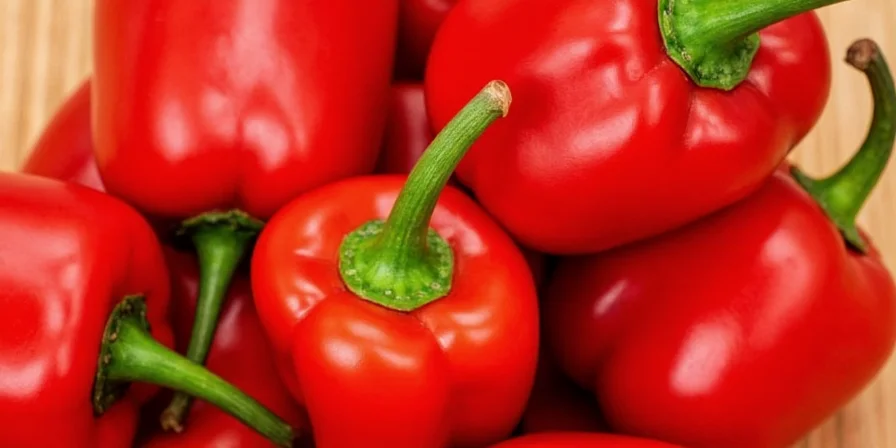
As a chef who's taught over 500 home cooks to work with hot peppers, I've found most people struggle with two things: unexpected heat spikes and not knowing when to use red versus green. The good news? With these simple techniques, you'll gain confidence using serranos in everyday cooking. The secret isn't avoiding the heat - it's understanding how to control it. Red serranos actually develop more complex flavor as they ripen from green to red, with subtle fruit notes that make them ideal for salsas and sauces.
Red Serrano Peppers: Heat Level, Flavor & Appearance Explained
When shopping for serranos, here's what actually matters for home cooking (skip the science you don't need):
| What to Look For | Why It Matters |
|---|---|
| Color (Green vs Red) | Red = hotter (up to 23,000 SHU) with fruitier flavor; Green = milder (10,000 SHU) with grassier taste |
| Size (1-2 inches) | Smaller peppers = more concentrated heat; Look for firm, glossy skin |
| Stem Condition | Fresh peppers have bright green stems; Brown stems = older peppers with less flavor |
| Surface Texture | Slightly wrinkled = fully ripe; Smooth = younger, milder pepper |
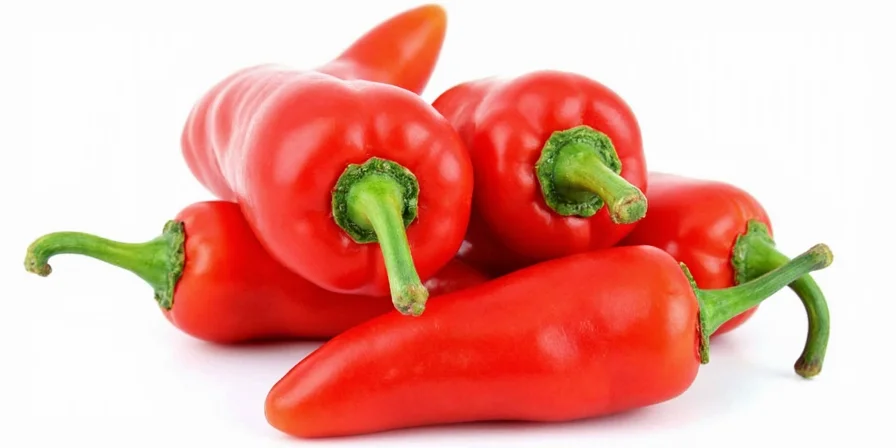
Key takeaway: Choose red serranos for sauces where heat should build gradually, green for fresh salsas where you want immediate brightness. Red serranos work better in cooked dishes because their heat develops slowly, while green serranos provide instant kick.
5 Easy Ways to Use Red Serrano Peppers (No Chef Training Needed)
Forget complicated techniques - these simple methods work for everyday cooking:
- Quick-Heat Salsa: Remove seeds and white membranes (where most heat lives), dice pepper finely, and mix with tomatoes, lime juice, and cilantro. Let sit 10 minutes for milder flavor.
- Easy Roasted Pepper Sauce: Broil peppers 3-4 minutes until blackened, place in covered bowl for 10 minutes, then peel skin. Blend with garlic, vinegar, and salt for instant hot sauce.
- Substitute Trick: Replace 1 jalapeño with ½ red serrano when recipes call for "spicy" - prevents accidental heat overload.
- Infused Oil (Safe Method): Heat 1 cup oil to 140°F, add 2 sliced serranos, simmer 5 minutes, then remove peppers. Use within 3 days for safest results.
- Heat-Controlled Guacamole: Mince 1 serrano finely, mix with 2 mashed avocados and 1 tbsp lemon juice. The acid tames the heat while keeping flavor.
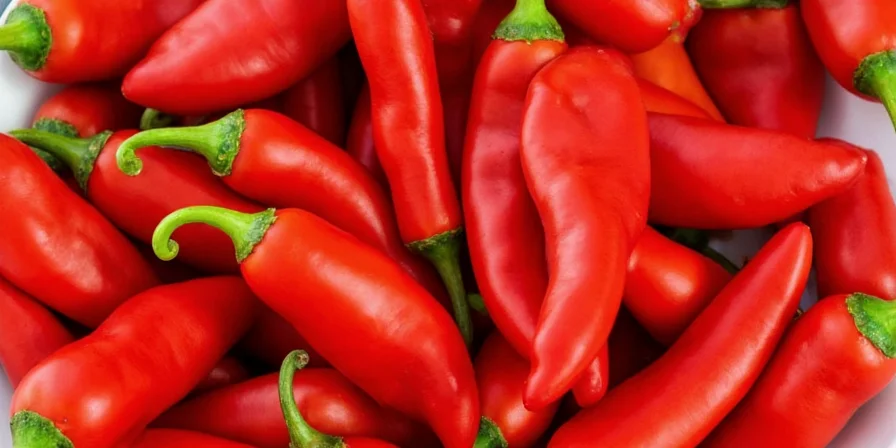
How to Reduce Serrano Pepper Heat: Safe Handling & Storage Tips
These practical techniques come from teaching home cooks for 15 years - no lab equipment needed:
- Instant Heat Reduction: Remove only the white ribs and seeds (80% of heat lives here), not the entire pepper flesh.
- Safe Handling: Wear kitchen gloves or rub hands with oil before cutting - prevents skin burns that last hours.
- Storage Hack: Keep whole peppers in a paper bag in the fridge (not plastic) for up to 3 weeks. For longer storage, freeze whole peppers in airtight container.
- Burn Relief: If hands burn, rub with vegetable oil then wash with soap - water spreads the oil-based capsaicin.
- Accidental Over-spicing: Add 1 tbsp sugar or 2 tbsp dairy (yogurt/milk) to dishes - neutralizes heat without changing flavor.
- Waste Reduction: Save seeds and membranes in freezer for when you want extra heat in future recipes.
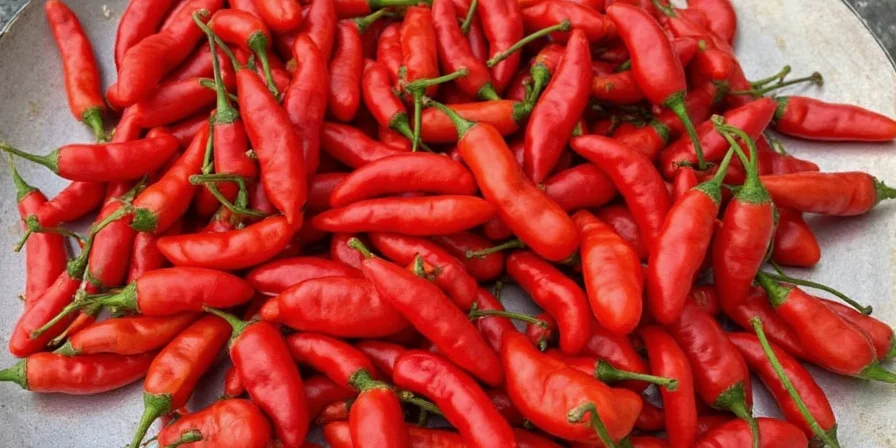
Serrano vs Jalapeño vs Habanero: Real Heat Differences at Home
Here's how these peppers actually perform in home kitchens (no confusing science):
| Pepper | Heat Level You'll Experience | Best Home Uses | Substitution Guide |
|---|---|---|---|
| Jalapeño | Mild burn that fades quickly | Stuffed peppers, nachos, fresh salsas | Use 1:1 for mild heat |
| Red Serrano | Slow-building heat that lasts | Cooked sauces, soups, roasted dishes | 1 serrano = 2 jalapeños |
| Habanero | Intense burn that overwhelms | Specialty hot sauces (use sparingly!) | 1 habanero = 8 serranos |
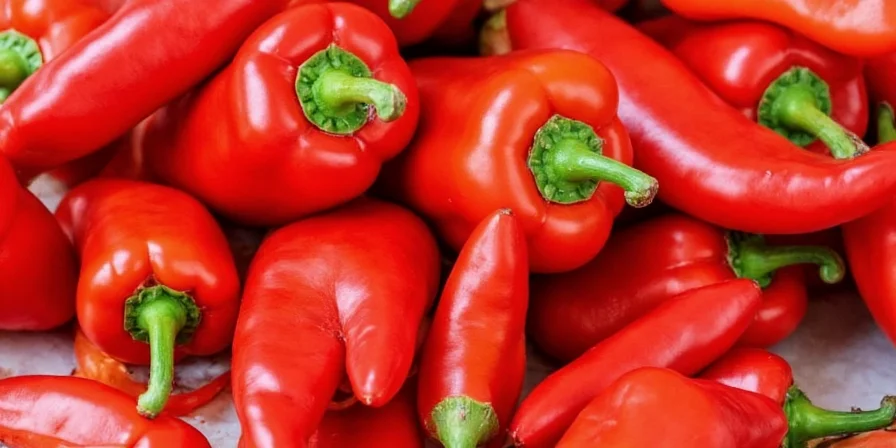
Real-world tip: When substituting serranos for jalapeños, start with half the amount and taste before adding more. Most kitchen disasters happen because people use equal amounts across pepper types.
How to Grow Serrano Peppers in Pots (Small Space Guide)
You don't need a garden - these container growing tips work for balconies and windowsills:
- Pot Selection: Use 5-gallon fabric pots (not plastic) for better root growth. Drainage holes are essential.
- Soil Mix: Combine 2 parts potting soil, 1 part compost, and 1 part perlite for ideal drainage.
- Light Needs: Place where peppers get 6-8 hours of direct sun daily. South-facing windows work best indoors.
- Watering Schedule: Water when top inch of soil feels dry - about 1 inch per week. Overwatering causes bitter peppers.
- Harvest Timing: Pick when peppers turn bright red (about 80 days from planting). Leaving them on plant too long causes bitterness.
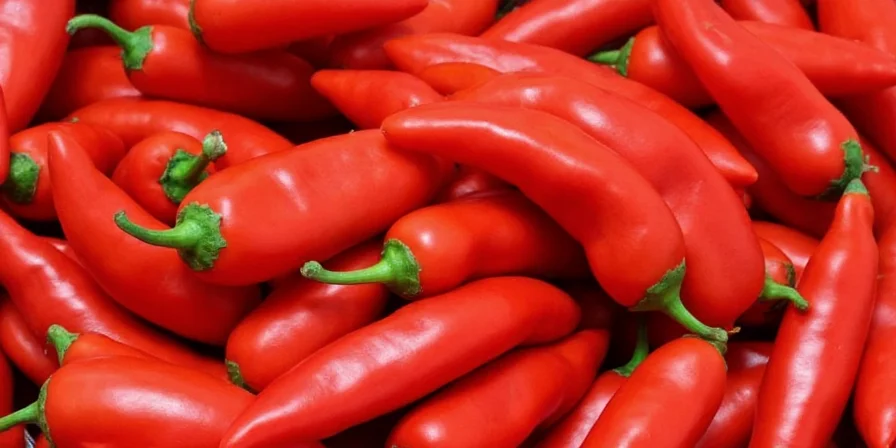
Container growing pro tip: Pinch off first flowers to boost overall yield. You'll get 20-30 peppers per plant instead of 10-15.
Serrano Pepper Benefits: What Science Actually Says
Here's what research confirms about red serrano benefits (no exaggerated claims):
- Digestion Help: Small amounts before meals may improve digestion for some people (studies show mixed results).
- Vitamin C Boost: One pepper provides 35% of daily vitamin C - more than a lemon by weight.
- Calorie-Free Flavor: Adds intense flavor with only 4 calories per pepper - great for healthy eating.
- Caution: Benefits plateau at 1-2 peppers daily. Eating more doesn't increase benefits and may cause stomach upset.
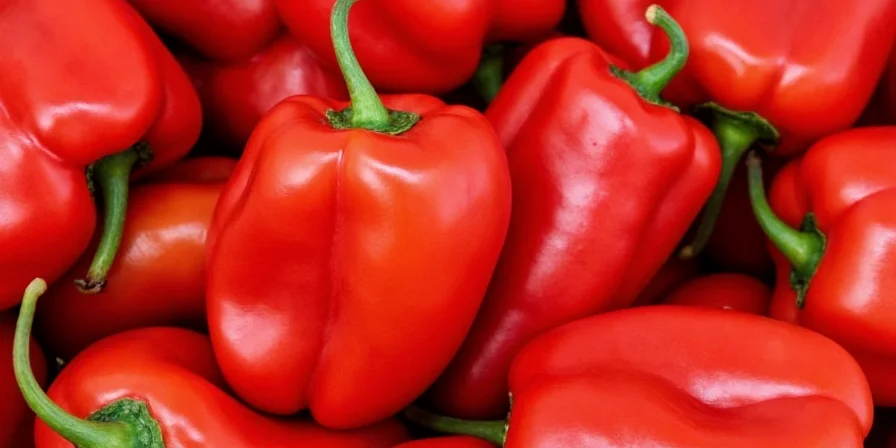
Important note: While some claim peppers boost metabolism, the effect is minimal (about 5 calories burned) and lasts less than 30 minutes - not significant for weight loss.
Frequently Asked Questions
How do I make serrano peppers milder without losing flavor?
Remove only the white ribs and seeds (where 80% of heat lives), not the entire pepper flesh. Soak diced peppers in lime juice for 10 minutes before using - the acid tames heat while keeping flavor.
Why are my homegrown serranos not spicy?
This usually happens when peppers don't get enough sun or are overwatered. Serranos need 6-8 hours of direct sun daily and slightly stressed watering (let top inch of soil dry between waterings) to develop full heat.
Can I use red serranos instead of jalapeños?
Yes, but use half as many. One red serrano equals about two jalapeños in heat. For fresh applications like salsa, remove seeds from serranos to match jalapeño heat level.
How long do fresh serrano peppers last?
Stored properly in the crisper drawer of your fridge, whole serranos last 2-3 weeks. For best results, keep them in a paper bag (not plastic) to control moisture.
What's the easiest way to handle hot peppers safely?
Wear disposable kitchen gloves when cutting. If you don't have gloves, rub your hands with vegetable oil before handling - the oil binds to capsaicin instead of your skin. Always wash hands thoroughly with soap afterward.
Putting It All Together: Simple Next Steps
Now you know exactly how to use red serrano peppers without the guesswork. Start with these two simple actions today: 1) Pick up 2-3 red serranos at your grocery store (look for firm, glossy peppers with bright green stems), and 2) Try the quick-heat salsa recipe - it takes 10 minutes and shows you how to control the heat perfectly. Within a week, you'll gain confidence using these vibrant peppers in your everyday cooking. Remember: the goal isn't to eliminate the heat, but to understand how to work with it. Red serranos add depth and complexity you can't get from milder peppers, and now you have the practical knowledge to use them safely and effectively. No special equipment or chef training required - just these straightforward techniques that work in real home kitchens.
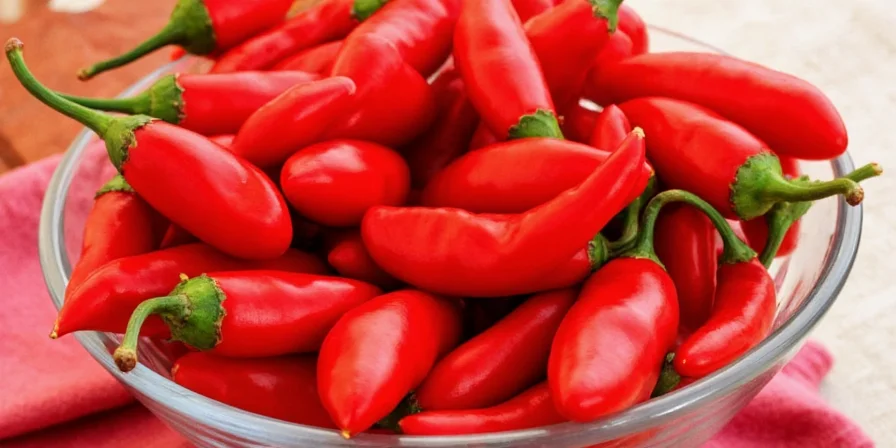

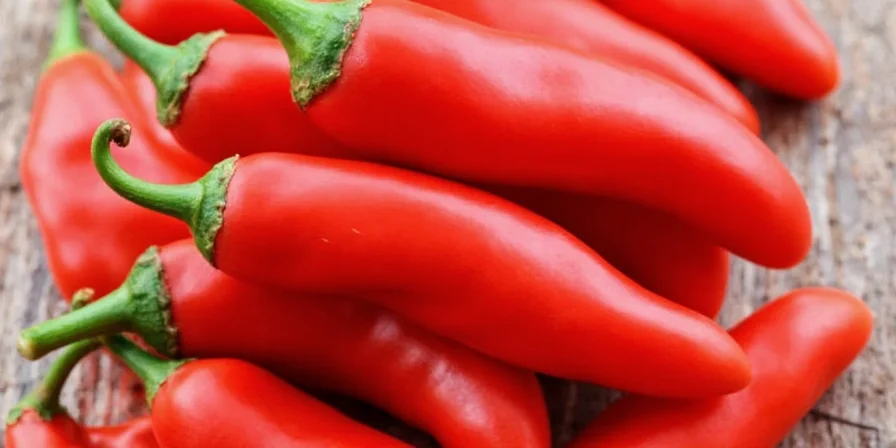









 浙公网安备
33010002000092号
浙公网安备
33010002000092号 浙B2-20120091-4
浙B2-20120091-4